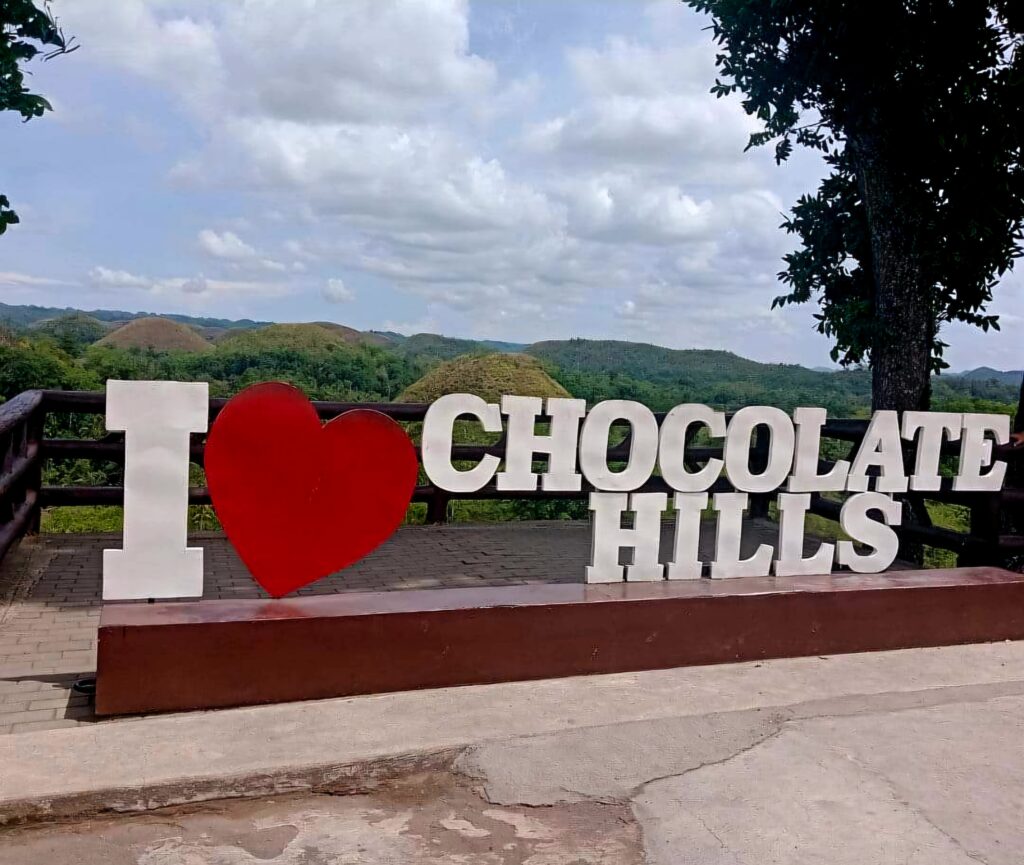
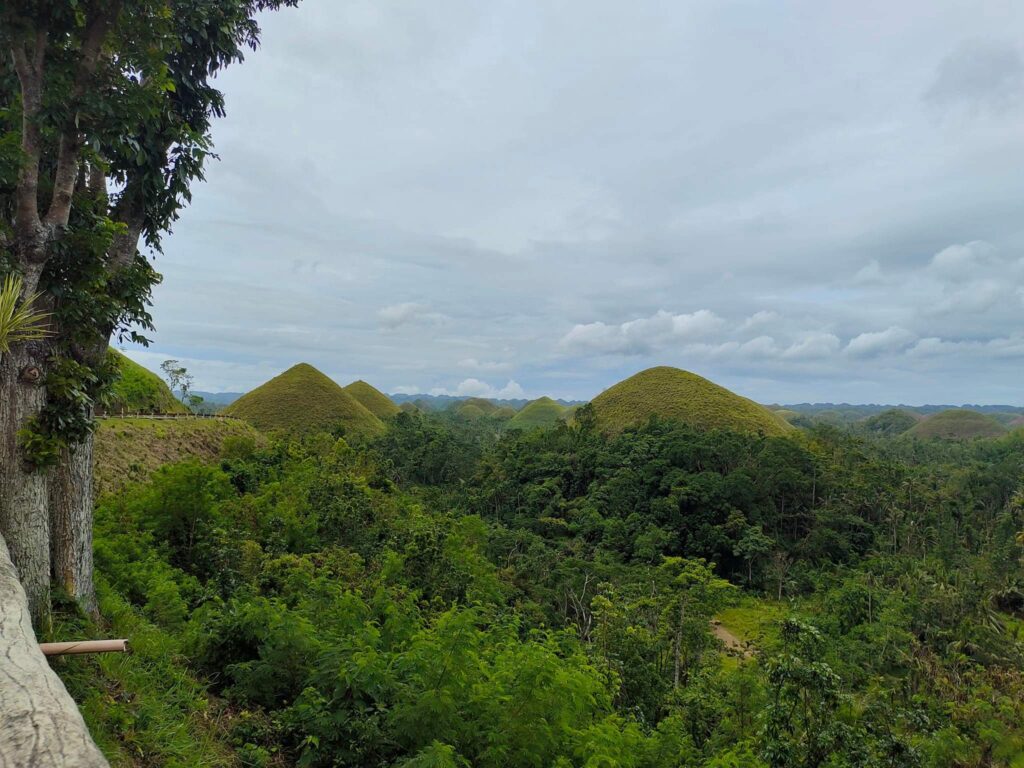
Bohol, an island province located in the Central Visayas region of the Philippines, is a treasure trove of natural wonders and cultural heritage. One of its most famous attractions is the Chocolate Hills, a series of more than 1,200 conical hills that are spread across an area of 50 square kilometers in the center of the island. These hills are a unique geological formation that has captivated visitors and scientists alike for generations. In this article, we will delve deeper into the history, geology, ecology, and culture of the Chocolate Hills, and discover why they are truly a marvel of nature.
History and Culture of the Chocolate Hills
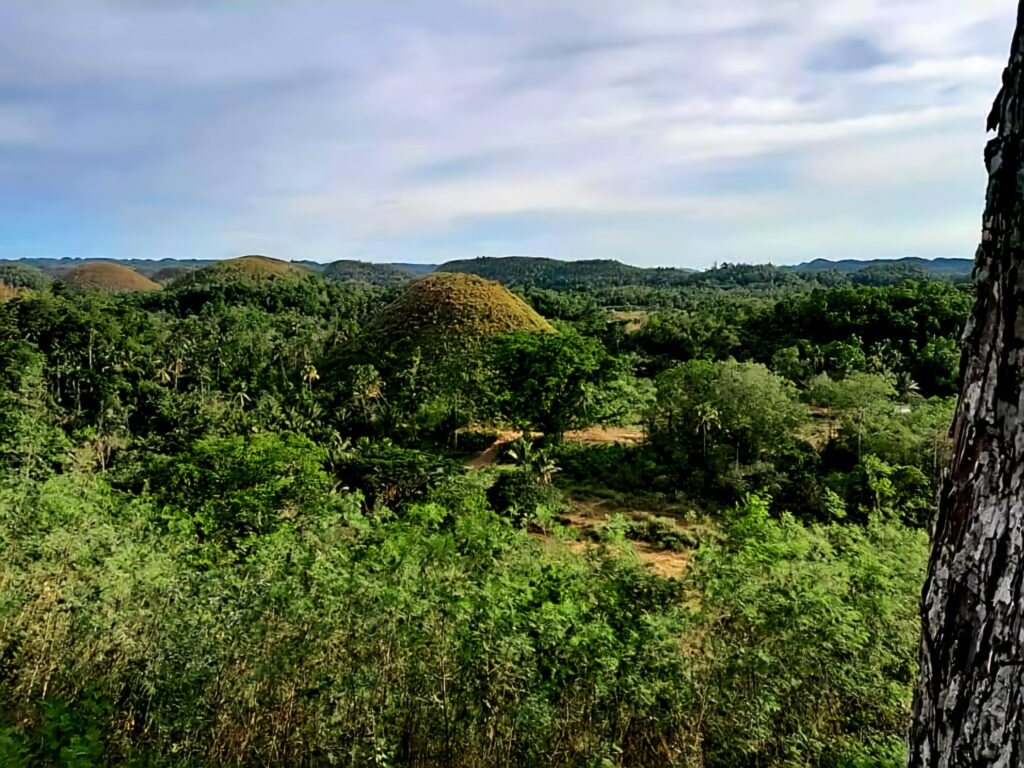
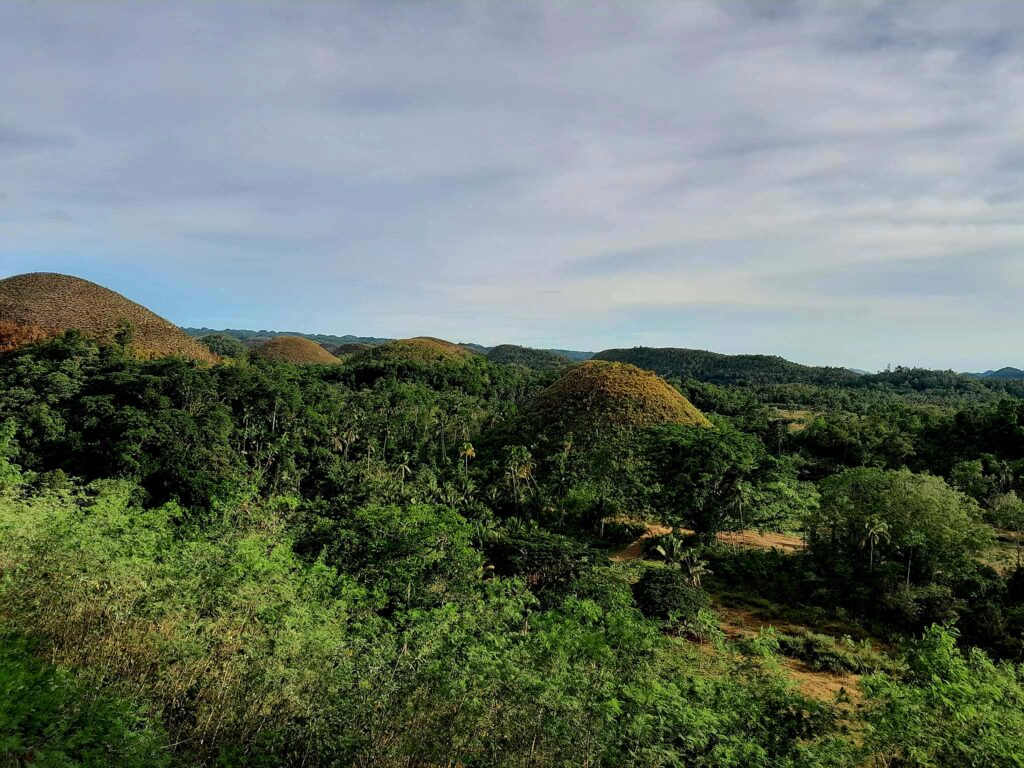
- The Chocolate Hills have been an integral part of Boholano culture and folklore for centuries. According to local legend, the hills were formed by two giants who hurled boulders and stones at each other in a fierce battle. Eventually, they became exhausted and reconciled, leaving behind the hills as a testament to their epic struggle. The hills also played a role in the island’s history during the Spanish colonial period, serving as a hideout for Filipino rebels who fought against the colonizers. Today, the Chocolate Hills are a symbol of pride for the people of Bohol, and have been declared a National Geological Monument by the Philippine government.
Geology of the Chocolate Hills



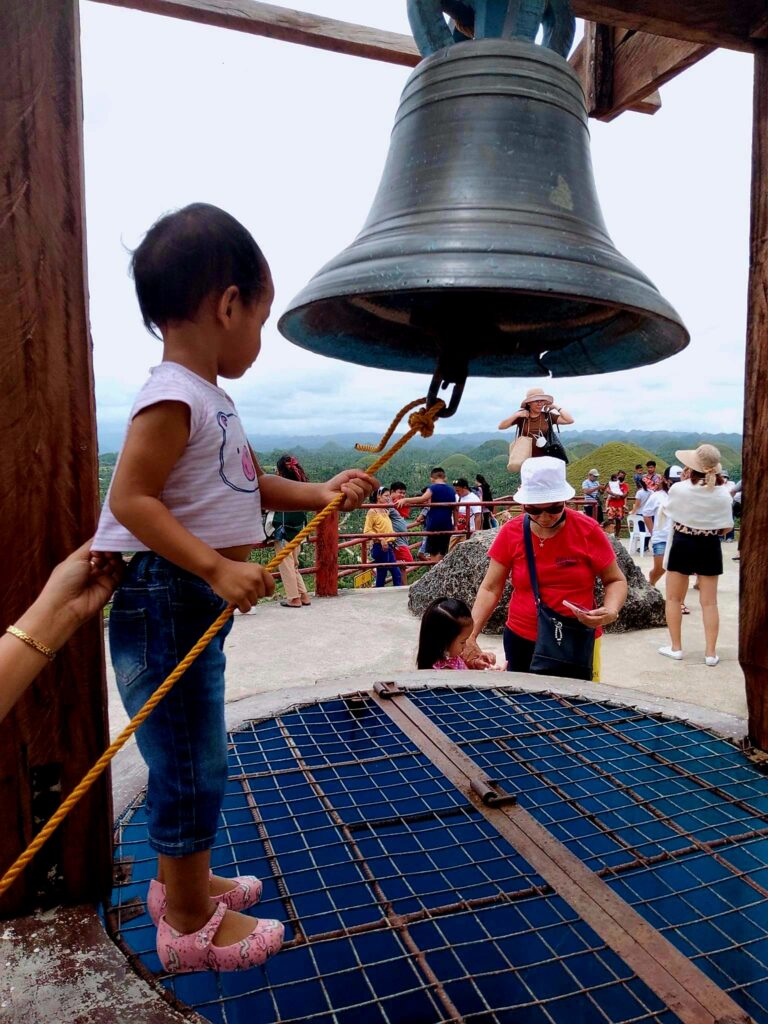
- The Chocolate Hills are a unique karst landscape that has puzzled geologists and scientists for decades. The hills are made of marine limestone that was deposited on the ocean floor during the late Miocene era, about 2 million years ago. The limestone is composed of calcium carbonate, which makes it highly susceptible to erosion by water and other natural forces. Over time, rainwater and groundwater dissolved the limestone and created numerous cavities and sinkholes. As the water drained away, the exposed hillsides were eroded by wind and rain, creating the distinct conical shape of the Chocolate Hills.
Ecology and Biodiversity of the Chocolate Hills

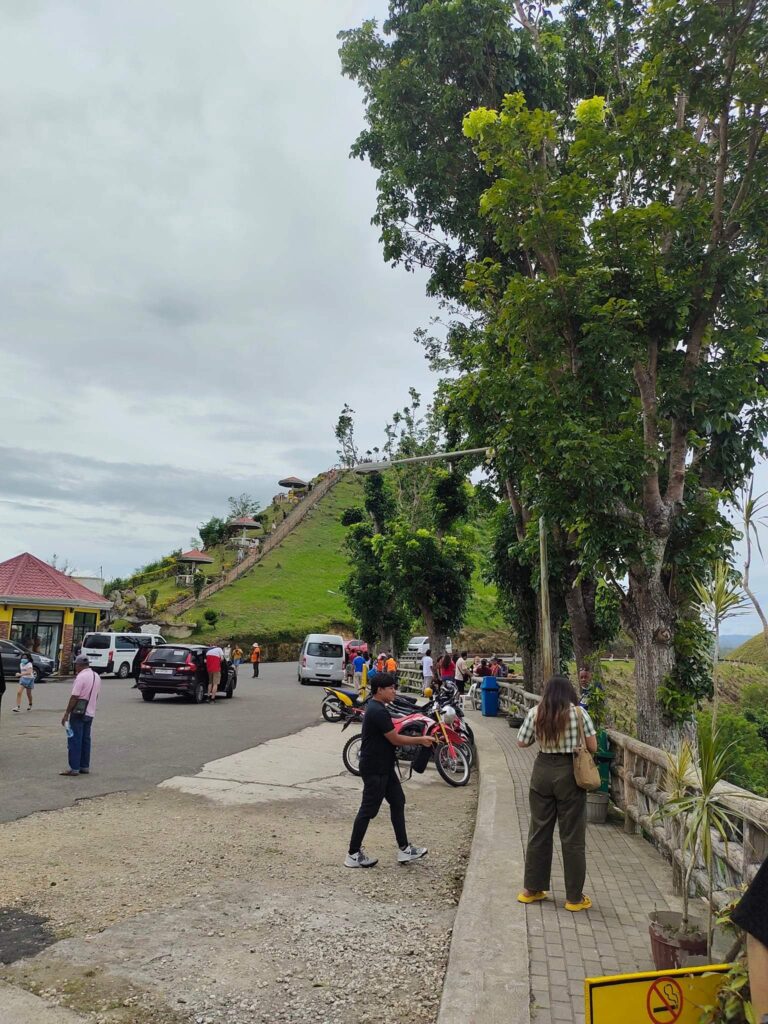
- The Chocolate Hills are not only a geological wonder, but also a hotspot of biodiversity and ecology. The hills are covered in grass and other vegetation, which provides habitat and food for a variety of animals and insects. One of the most famous inhabitants of the Chocolate Hills is the tarsier, a small and endangered primate that is native to the Philippines. Tarsiers are nocturnal animals that feed on insects and live in the hollows of trees and other vegetation. They are highly adapted to their environment, with large eyes that can rotate 180 degrees and enable them to see in the dark.
Visiting the Chocolate Hills
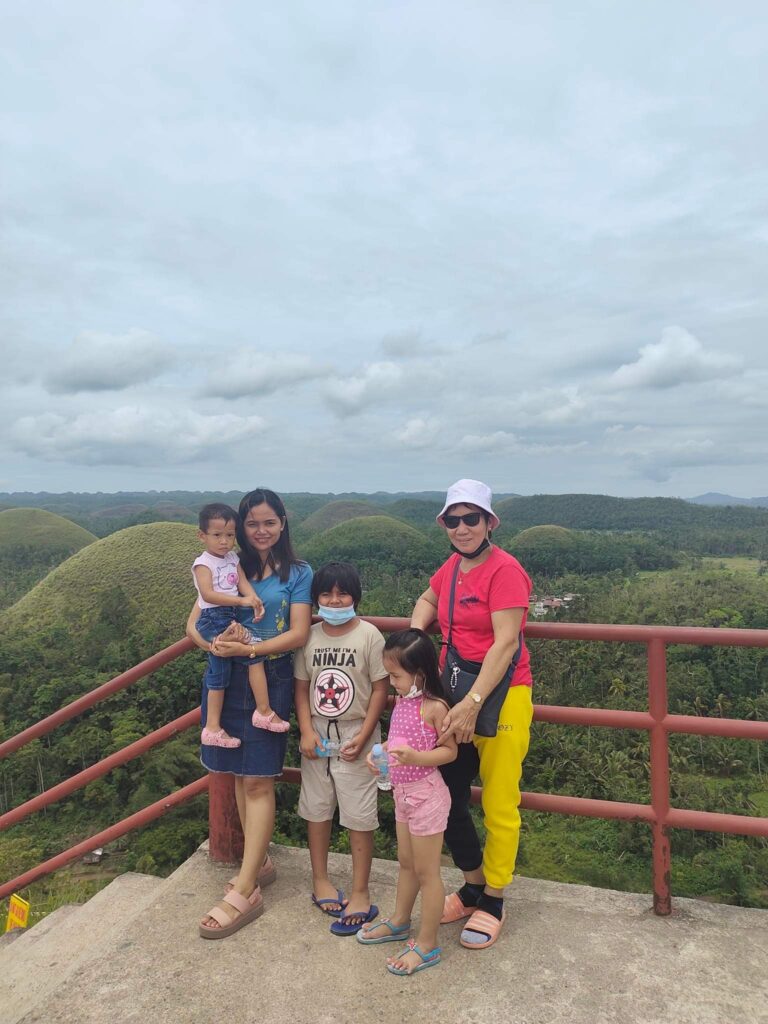

- The Chocolate Hills are one of the most popular tourist destinations in Bohol, and there are several ways to explore and experience them. The most popular viewing spot is the Chocolate Hills Complex in Carmen, which features a viewing deck that offers a panoramic view of the surrounding hills and countryside. Visitors can also take a scenic drive along the Chocolate Hills Scenic Drive, a 20-kilometer stretch of road that passes through several viewing spots and landmarks. For those who want to get up close and personal with the hills, there are several hiking trails and adventure parks that offer guided tours and activities such as ziplining, ATV riding, and rappelling.
Protecting and Preserving the Chocolate Hills
- Despite their popularity and significance, the Chocolate Hills face several threats and challenges that threaten their long-term survival. One of the biggest threats is mining, which has already caused damage to some of the hills and their surrounding ecosystems. Climate change and natural disasters such as earthquakes and typhoons also pose a risk to the stability and resilience of the hills. To address these threats, the Philippine government and local communities have implemented several conservation and preservation efforts, such as establishing protected areas, promoting sustainable tourism practices, and enforcing regulations against mining and other destructive activities.
Conclusion:
The Chocolate Hills are truly a natural wonder that showcase the beauty and diversity of the Philippines’ natural landscapes. Their unique geology, rich biodiversity, and cultural significance make them a must-visit destination for anyone traveling to Bohol. However, it is important to remember that we have a responsibility to protect and preserve these precious resources for future generations to enjoy. By raising awareness, promoting sustainability, and taking action to address threats and challenges, we can ensure that the Chocolate Hills and other natural wonders continue to inspire and captivate us for years to come.
The following are the ticket prices and operating hours, as well as the contact information of Chocolate Hills in Bohol, Philippines:
I. Ticket Prices
As of 2021, the ticket prices for Chocolate Hills are as follows:
- Adult: PHP 50
- Child: PHP 30
II. Operating Hours
Chocolate Hills is open 24 hours daily.
III. Contact Information
For inquiries and other concerns, you may contact Chocolate Hills through the following:
- Phone: +63 917 583 8471
- Email: [email protected]
- Website: www.chocolatehills.net
Please note that due to the current COVID-19 pandemic, operating hours and ticket prices may be subject to change. It is recommended to contact Chocolate Hills directly or check their website for the latest updates before your visit.